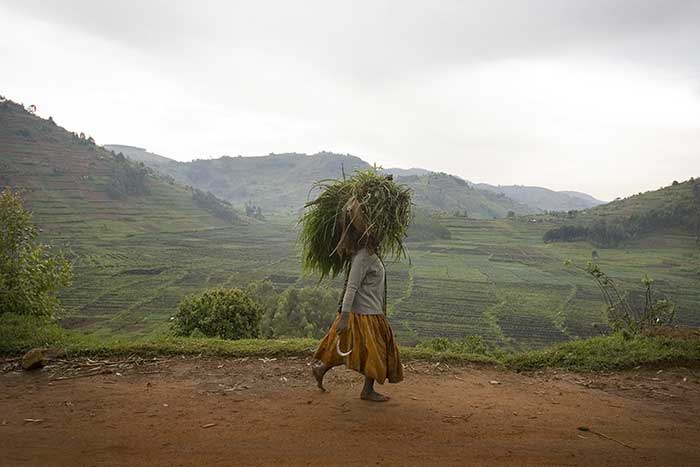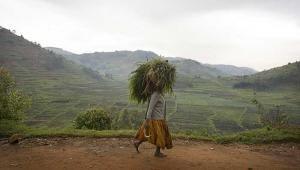web_ruralrwanda_shutterstock_242478691.jpg

A woman carries fodder in rural Rwanda, where poverty and malnutrition are entrenched.
The fund found that, while the country’s economic performance remained “robust” in 2015 with growth of 6.9%, recent global developments demand action to maintain 6% growth and contain inflation this year.
“New challenges emerged over the course of 2015 as a result of global developments,” said Laure Redifer, who led a recent IMF visit to Rwanda.
“Lower prices and demand for Rwanda’s minerals have almost halved the country’s mineral exports, leading to a significant loss of export revenue. This was exacerbated by lower-than-projected inflows of private capital and remittances.”
A less than ideal global environment didn’t manage to knock Rwanda’s economy off course, but the fund noted that planned property tax law changes and improvements to the timeliness of public reporting on budget execution “are taking somewhat longer than expected”.
Timeliness is also a factor in initiatives to promote export diversification and encourage local production of current imports. While these are welcome and will improve Rwanda’s resilience to external shocks, the fund noted they will take time to have an impact.
“In the near term, more immediate measures are needed,” explained Redifer. She said the team therefore welcomed government commitments to “more cautious” monetary policy and the deference of non-priority spending.
“The mission expects that successful implementation of these policies will maintain economic growth at around 6%, while keeping inflation below 5%.”
While a strong economy has served Rwanda’s urban population well, raising living conditions substantially, poverty is largely concentrated in rural areas that have not benefited as much from economic development.
This geographic divide has been demonstrated again today in a regular report by the country’s ministry of agriculture and the World Food Programme, which found that overall levels of chronic malnutrition are decreasing but remain stubbornly high in rural areas.
The most recent assessment of food security in the country recorded childhood malnutrition rates of up to 40% in rural areas, compared with 27% in urban ones.
Overall, the levels of stunting in children, a symptom of chronic malnutrition that can permanently affect brain development and health, have fallen from 43% in 2012 to 36.7% today.
The WFP said this represents a significant reduction in the country, but that little of this progress is recorded in rural areas.
Poverty, illiteracy and insufficient land for farming are among the factors linked to food insecurity, and the WFP said those most likely to be root causes of stunting, especially among the rural population.
“It is clear Rwanda is making progress, but we must keep working together to win that battle for good,” said Jean-Pierre de Margerie, WFP’s country director for Rwanda.













